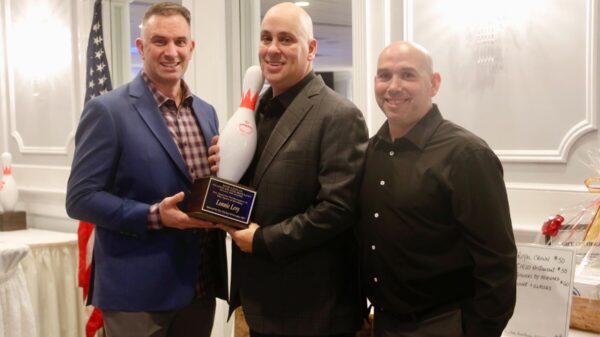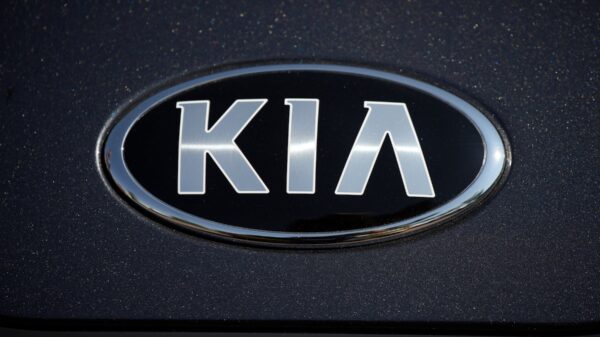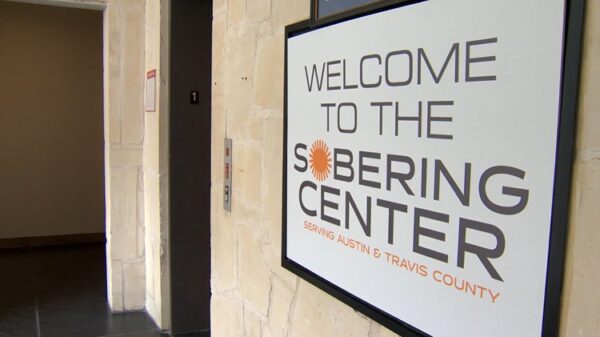The pursuit of a six-pack has become a common fitness goal, yet many individuals struggle to achieve this aesthetic. According to a personal trainer who has never possessed a six-pack, there are several reasons for this challenge, and it is essential to understand that fitness should not be solely measured by visible abs. Even with a balanced diet, regular exercise, and a focus on core strength, the coveted six-pack remains elusive for many.
Understanding the distinction between core muscles and abs is crucial. The term “core” refers to a complex network of muscles that support the pelvis and spine. The rectus abdominis, commonly known as the abs, is just one part of this system. Strong core muscles enhance overall movement and help prevent injury. Visible abs require a low body fat percentage, which varies significantly among individuals due to factors like genetics and fat distribution.
Four Key Challenges in Building Abs
1. **Dietary Considerations**
The foundation of achieving visible abs lies in a tailored diet. A balanced intake of macronutrients—fats, carbohydrates, and proteins—is vital for overall health and muscle recovery. Protein, in particular, plays a significant role in muscle growth. If a six-pack is the goal, individuals may need to enter a fat-loss phase while maintaining a high-protein diet. This process involves assessing dietary habits and making necessary adjustments, though counting calories is often discouraged as it may negatively impact one’s relationship with food.
2. **Daily Movement and Activity Levels**
Beyond structured workouts, overall daily movement significantly influences fat loss. Engaging in activities like playing with children, walking, or standing while working contributes to energy expenditure. This concept is known as Non-Exercise Activity Thermogenesis (NEAT), which helps burn additional calories without intensive gym sessions. It’s essential to incorporate enjoyable movements into daily routines rather than viewing them as obligatory exercise.
3. **Stress Management**
Elevated stress levels can hinder progress toward achieving a six-pack. Research indicates that sustained high cortisol levels, often referred to as the stress hormone, can lead to increased fat storage, particularly in the abdominal area. Implementing stress-reduction techniques such as mindfulness, exercise, and breathwork can improve overall well-being and potentially aid in weight loss.
4. **Genetic Factors**
Genetics play a significant role in an individual’s ability to achieve a six-pack. Some may have a naturally faster metabolism, allowing greater flexibility in dietary choices. Conversely, health conditions or metabolic disorders can complicate weight loss efforts. Understanding the relationship between body fat percentage and overall fitness can help individuals set realistic goals without feeling pressured to conform to societal standards.
Conclusion: Embracing Individuality in Fitness
The reasons behind not achieving a visible six-pack are multifaceted, ranging from dietary habits to genetic predispositions. It is crucial to recognize that fitness extends beyond aesthetics. Individuals can be fit, strong, and healthy regardless of whether they possess a six-pack. Embracing one’s unique body, and focusing on overall wellness rather than just physical appearance, leads to a more fulfilling fitness journey.
Ultimately, the quest for a six-pack should not overshadow the importance of health and functional strength. Understanding these challenges and prioritizing a holistic approach to fitness can empower individuals to navigate their personal goals effectively.








































































